The year of the rabbit and why it’s important in organisational design
The Chinese New Year has just started and as you may know, we’re entering a year dominated by the Rabbit, a gentle creature that is supposed to bring hope, peace, and prosperity. I’m not sure these astrological predictions can safely be applied to the business challenges that we face nowadays, but there’s definitely another rabbit hole worth digging into for that matter: the trends report that some very interesting media are sharing these days. Why is this interesting? While it won’t tell us how love or luck will favour us this year, it can shed some light on how management is evolving and what we should be focusing on in the months to come. No menial advice!
Since at DUCTIL we are fond of brands and of teams making brands happen, we’ll first look at the trends around the future of work for this 2023 and how this will impact management and leadership. This list is far from exhaustive and only aims at pointing out similarities across studies. Reports like those carried out by Forrester, Udemy, Gartner or McLean, among others, share some common points; let’s discover them.
McLean trends report states the Employee Value Proposition is one of the key aspects to consider in 2023. 55% of companies don’t have an EVP, despite its beneficial effects, proven when it comes to recruiting talent, and promising in many other areas. Indeed, this is an area where organisations need to transform themselves: acknowledging their strengths and areas of improvement, in order to build a proposition that goes beyond the pure listing of purpose and values. Having a clear statement on the advantages offered by the company to the employees, both material and intangible, on what makes it different from its competitors will at least make the organisation reflect on itself and have a clear northern star. And most importantly: “…organizations must also reinforce the EVP through their everyday practices.” How to ensure mechanisms that enable this in the long run is critical and one of the key areas where organisational design becomes key. Setting the right framework, to nurture the right behaviours, in a sustained manner over time, will be the engine keeping alive a healthy EVP.
Gartner also makes an interesting point about what they call “quiet hiring”. Squeezed between the phenomena of “quiet quitting” and the difficulty to recruit new talent, managers will have to focus on developing their existing teams (shouldn’t it always been the goal, by the way?). To this point, Gartner mentions how new sources of talent will be leveraged (alumni networks, contract work…), but also the importance of talent mobility, of stretch assignment and upskill to provide growth opportunities for employees, while also responding to always evolving organizational needs. Again, never has it been more critical to look inside and acknowledge where the opportunities of growth of each of the employees are, individually but also as a team. This focus on development will require more time and focus in the months to come. And this can’t be attributed only to a single department or responsible. The organisation will have to enable frameworks and dynamics that channel this focus on internal development throughout the whole organisation.
Udemy’s trends report also stresses the need to develop employees. Not surprisingly, learning becomes critical in their views, with a caveat: “a company is not automatically a learning organization when it offers training programs”. How to create a learning culture is a key aspect of organisational design and a delicate, intangible, area, where stirring the right behaviours and habits makes all the difference. “When learning and culture are closely aligned, they mutually reinforce each other, creating a powerful flywheel for employee and company growth.” We couldn’t have said it better.
But let’s be prudent. While nobody would argue that employees’ development should be a priority, Forrester points out how some B2C CMOs will fall in the short-term revenue growth trap. The search for quick-hit sales might favour certain profiles and practices, that will overlook brand building and “strategic levers that fuel long-term growth”. While it doesn’t sound promising, brands can’t afford not to deliver on results. Setting wise objectives, being smart about expectations management and maintaining a balance between the long-term view and the yearly goals are part of a healthy equation, that again, can only be sustained by the commitment of a well-integrated team.
This is how far we’ll get today, in terms of management forecasts, more to come in the next post. We won’t close without confessing though that we also did read some of the astrological predictions out there. If we are to trust the Chinese zodiac, “2023 is a year to focus on building deeper connections with loved ones, being more open and honest in communication, and appreciating the little things in life”. Mmm… not completely disconnected from what we just wrote! Let’s indeed focus on reinforcing connections and communication. This is what empower teams and what makes brands actually thrive. So many similar prophecies can’t all be wrong!

